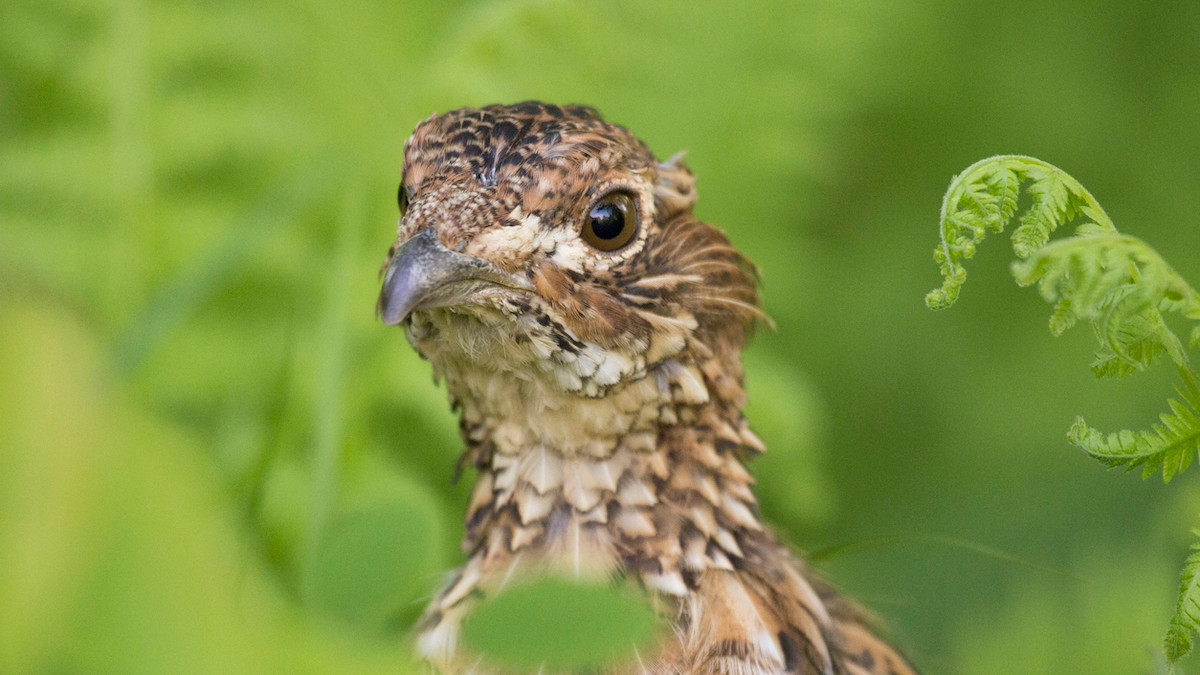
Ruffed grouse are widely considered one of the more delectable upland game birds. But did you know they might also be poisonous?
Odd as it seems, there is a fairly extensive—and largely forgotten—body of medical literature detailing unfortunate souls who have been poisoned by eating ruffed grouse. Curiously, these poisonings dropped off with the invention of hunting seasons, which protected grouse when they happen to pose the largest risk.
A document entitled “Dietary Roulette”, posted on the University of California-Davis website, both explains the phenomenon and raises unanswered questions.
During the 1700s and 1800s, wild game was common fare on American tables, at home and in restaurants. Market hunters provided markets with waterfowl and upland birds by the trainload.
The first recorded example of ruffed grouse poisoning was published in 1798, just a few decades after the American Revolution. A Philadelphia physician described a dinner party that noshed on “pheasant,” as grouse were commonly called. Unfortunate diners suffered a variety of weird symptoms, including giddiness, flushing, vomiting, delirium, weak pulse, and “greatest debility, which threatened death.” Often, patients experienced temporary blindness, paralysis, or loss of speech.
Some were saved when administered fluids that prompted vomiting, the doc reported. “In some other cases…either death or protracted recovery ensued.”
Between 1798 and 1886, nearly two dozen doctors painstakingly described cases of ruffed grouse poisoning, from Halifax to New York City. Four of these cases left someone dead. Oddly, these poisonings only occurred in late winter, the month of February, and in northeastern North America.
Could this be simply a case of common food poisoning that diners suffered from ingesting bacteria on dirty or under-cooked grouse meat? After all, microbiology was poorly understood at the time.
While food poisoning cannot be ruled out, there are some gaps in that logic. For one, if the pathogen were some bacteria like botulism, one would expect it to be more common in warmer months. Yet all reports of grouse poisoning occurred in the dead of winter. Second, botulism is very often fatal. Grouse poisoning, while acute, was most often temporary. Neurological symptoms associated with ruffed grouse poisoning aren’t unheard of in bacterial infections but are not the norm.
One explanation of ruffed grouse poisoning goes like this: In some cases, particularly late winter, ruffed grouse eat plants that are edible to them but toxic to people. Some amounts of these toxins remain in the flesh of the bird and can sicken humans who are susceptible to them. In particular, sheepshead laurel has been assumed as a culprit.
This plant-bird-human poisoning cycle has been documented by scientists, if not extensively researched, elsewhere with European quail and Australian pigeons.
“The question of whether or not laurel toxins circulate or accumulate in grouse at levels sufficient to evoke a reaction in some consumers remains unanswered,” according to the Cal-Davis paper. However, grouse are known to eat at least 22 species of plants that are toxic to people. I frequently find snowberries in the crops of ruffies I harvest, even though I was taught in Boy Scouts that “Berries white/poisonous sight.”
While once widely known, ruffed grouse poisoning virtually disappeared at the turn of the 20th century. This coincided with two big social changes. One, food sanitation improved as more and more people became more aware of the danger of germs. Almost simultaneously, wildlife conservation measures took hold, market hunting was eliminated, and grouse hunting was relegated to the fall.
In other words, conservation measures may have had the unintended consequence of warding off a food safety problem. Or that could be a coincidence.
What’s the bottom line? It’s hard to tell.
“Human poisoning from ruffed grouse can then be compared to a Gordian knot of tangled questions for scientists to answer before this unresolved problem of food safety is resolved,” the authors of the California paper wrote.
Puzzled, we reached out to MeatEater’s favorite meat scientist, Chris Calkins, a PhD. at the University of Nebraska. He recruited a graduate student, Nicolas Herrera, to help out.
“In simple terms, it is possible for humans to get sick from eating grouse that have been consuming certain evergreen shrubs," Herrera wrote. "Fortunately, these are not the preferred diet and are typically consumed only when other food sources have diminished. That usually doesn't occur until late winter. It's my understanding that most grouse hunting seasons are in the fall, which suggests that most people are unlikely to run into this situation unless they are taking grouse out of season.”
Bottom line: enjoy your ruffed grouse but follow safe food handling habits and the law. You and your family will enjoy a delicious—and healthy—meal.






Conversation